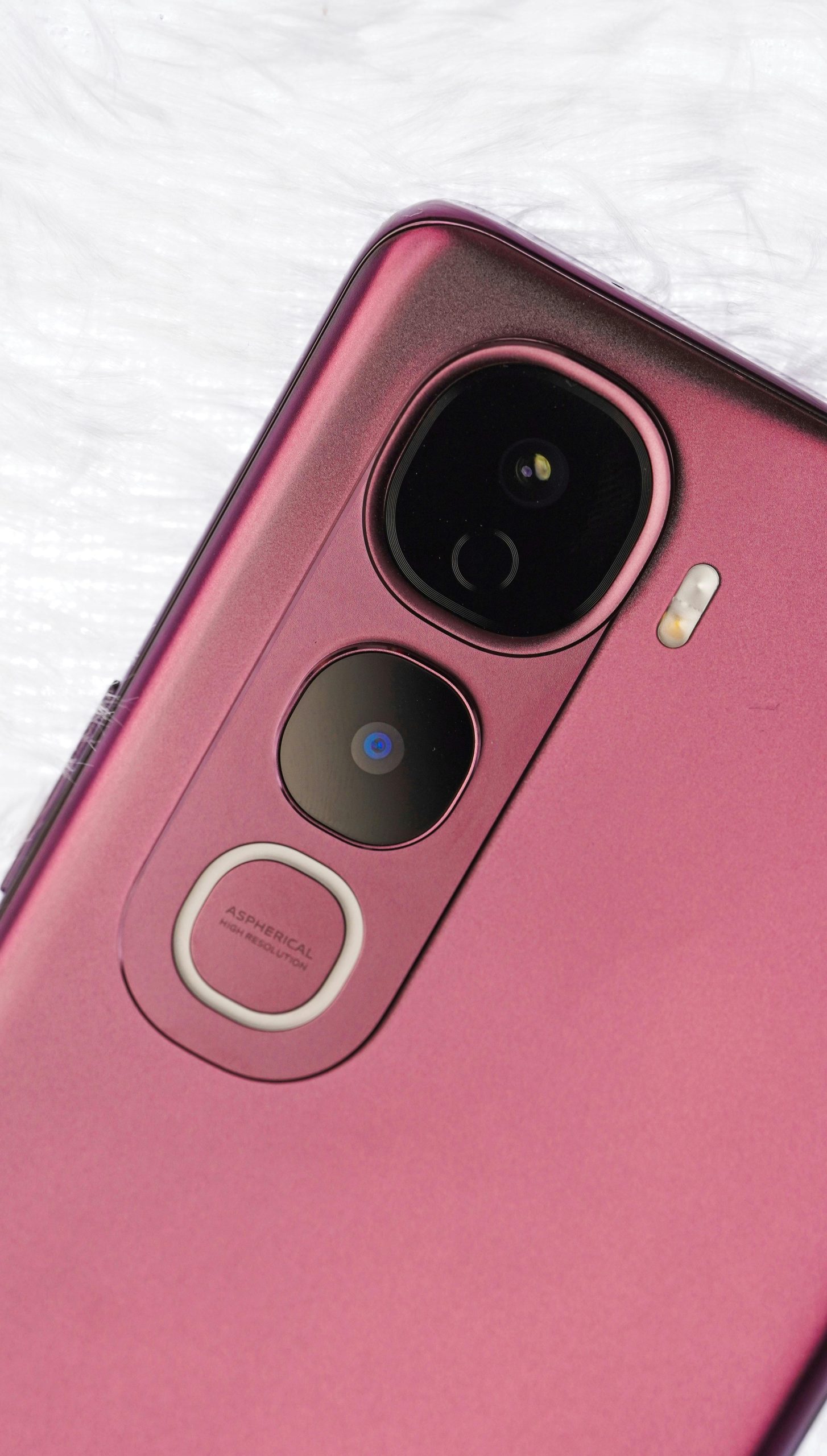Understanding and Troubleshooting the Samsung Galaxy Note 20 Ultra Stuck at Boot Loop: A Guide for Data Preservation and Recovery
Experiencing a device that refuses to fully boot can be a distressing situation, especially when important personal data is at risk. If your Samsung Galaxy Note 20 Ultra is stuck on the four spinning dots during startup, and you’re hesitant to perform a factory reset, this article aims to provide insights into potential solutions that prioritize data preservation.
Scenario Overview
Recently, your Galaxy Note 20 Ultra experienced battery bloating, leading you to replace it. Post-replacement, the device now displays the animated four spinning dots during boot, indicating a boot loop or system hang, without progressing further. Notably, the device powers on normally, but fails to reach the home screen. Critical data, including irreplaceable family photographs, remain unbacked-up, heightening urgency.
Troubleshooting Attempts So Far
- Android Recovery Mode (Vol Up + Power): Successful to access recovery options, yet functionalities like “Repair Apps” or “Wipe Cache Partition” were ineffective.
- ADB Detection: The device is not recognized via Android Debug Bridge, limiting command-line troubleshooting.
- Samsung Smart Switch: The software doesn’t detect the device when connected, indicating recognition issues.
- Safe Mode: Attempted but resulted in the same boot loop, suggesting the problem persists beyond simple software glitches.
- Connection via Windows USB: The device is recognized in USB mode as “Samsung Android,” confirming at least partial communication with the computer.
Analysis
Your device’s persistent boot loop coupled with partial recognition suggests a software corruption rather than hardware failure. Importantly, since the device powers on and is recognized via USB, there remains potential to recover data before considering more invasive repairs.
Possible Approaches for Data Recovery and Repair
-
Attempt to Access Data via MTP (Media Transfer Protocol):
Connected devices recognized as “Samsung Android” may allow access to internal storage via file explorer programs such as Windows File Explorer or specialized Android management tools. However, success depends on whether the storage is accessible without booting fully or requiring unlocked bootloader. -
Use of Custom Recovery or Live Android Environments:
Tools like TWRP (Team Win Recovery Project) sometimes enable mounting and extracting data from devices in recovery mode. However, installing TWRP typically requires unlocking the bootloader, which may trigger data wipe unless you have previously enabled
Share this content:



